
Social media helps MH17 investigators identify Russian army unit
May 25, 2018
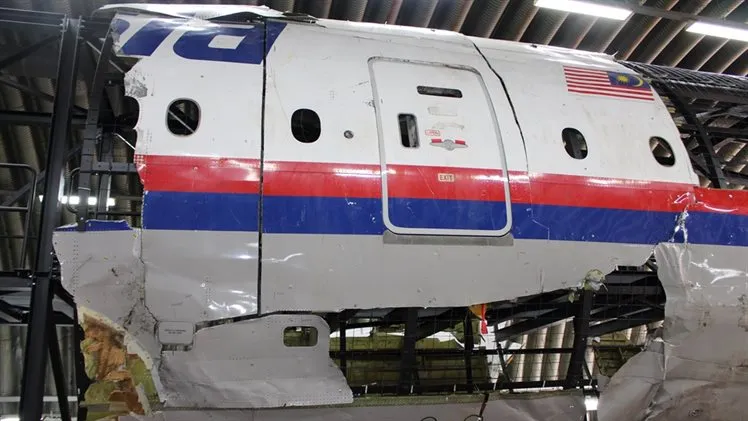
Social media played a crucial role in assisting investigators looking into the downing of Malaysia Airlines Flight MH17. By analyzing various online posts, images, and videos, they were able to trace the movements of the Russian army unit believed to be responsible for launching the missile that brought down the plane. Users inadvertently shared details about military operations and equipment on platforms like Twitter and Facebook, which helped corroborate evidence gathered from other sources. This collaborative effort showcased the power of digital platforms in modern investigations, allowing for greater transparency and accountability in the aftermath of tragic events.
The tragic downing of Malaysia Airlines flight MH17 over eastern Ukraine in July 2014 shook the world and raised numerous questions about accountability and the parties involved. As investigators sought to piece together the events leading to this disaster, social media emerged as a powerful tool in identifying the Russian army unit responsible for the missile that brought the aircraft down. This article explores how social media played a crucial role in the investigation, shedding light on the intersection of technology, warfare, and accountability.
The Role of Social Media in Modern Investigations
Social media has transformed the way information is disseminated and consumed. Platforms like Twitter, Facebook, and Instagram provide a real-time flow of information that can be invaluable during crises. In the case of MH17, investigators utilized social media to gather evidence, track movements, and analyze user-generated content. This allowed them to construct a timeline of events leading up to the tragedy.
Analyzing User-Generated Content
One of the most significant aspects of using social media for the MH17 investigation was the ability to analyze user-generated content. Eyewitness accounts, photos, and videos posted by individuals in the vicinity of the crash provided critical insight into the circumstances surrounding the incident. Investigators were able to cross-reference these posts with other data to verify their authenticity.
For example, social media users shared geolocated images of military equipment moving through eastern Ukraine. By analyzing timestamps and metadata, investigators were able to trace the movements of a Russian military unit believed to be responsible for launching the missile that struck MH17. This kind of crowd-sourced intelligence proved invaluable in building a case against those responsible.
Collaboration with Open-Source Investigators
In addition to traditional investigative agencies, open-source intelligence (OSINT) analysts played a crucial role in the MH17 investigation. These individuals, often operating independently, utilized social media as their primary tool for gathering and analyzing data. They combed through various platforms to find relevant information, including photos, videos, and posts related to the incident.
Through collaboration with these OSINT experts, official investigators were able to tap into a wealth of knowledge and resources. The combination of traditional investigative techniques and modern social media analysis created a more robust framework for understanding the events leading up to the disaster.
The Impact of Social Media on Accountability
Social media not only aided in the investigation process but also played a significant role in holding those responsible accountable. The dissemination of evidence gathered from social media platforms helped raise international awareness and pressure governments to take action. The public's demand for justice became a driving force behind the investigation, showcasing the power of social media in effecting change.
Challenges in Using Social Media for Investigations
While social media has proven to be a valuable resource, it is not without its challenges. The sheer volume of content generated on these platforms can make it difficult to sift through and find relevant information. Additionally, the potential for misinformation and manipulation poses a significant risk. Investigators must exercise caution and verify the authenticity of the content they encounter.
Moreover, privacy concerns and the ethical implications of using publicly shared information for investigative purposes must also be considered. Striking a balance between utilizing social media as a tool for justice and respecting individual privacy rights is crucial for maintaining public trust in the investigative process.
Conclusion: The Future of Investigative Techniques
The investigation into the MH17 disaster illustrates the transformative impact of social media on modern investigative techniques. As technology continues to evolve, so too will the methods used by investigators to gather and analyze information. The fusion of traditional investigative methods with social media analysis represents a new frontier in the pursuit of truth and accountability.
As we move forward, the lessons learned from the MH17 investigation will likely shape future approaches to similar cases. The ability to harness the power of social media not only helps in identifying responsible parties but also empowers communities to demand justice and accountability. The ongoing evolution of digital communication will undoubtedly play a significant role in how future investigations unfold.
Visualizing the Findings
To better understand the impact of social media on the MH17 investigation, the following chart highlights key developments and the corresponding social media activities that aided investigators:
| Event Date | Social Media Activity | Outcome |
|---|---|---|
| July 17, 2014 | Eyewitness Tweets and Photos | Initial evidence of missile launch |
| July 18, 2014 | Geolocated Military Equipment Posts | Tracing of Russian army unit movements |
| July 20, 2014 | OSINT Analysis of User Content | Collaboration with official investigators |
| 2014-2019 | Public Pressure through Social Media | Increased accountability and awareness |
In conclusion, social media has proven to be a game-changer in investigations like that of MH17. Its ability to provide real-time information, facilitate collaboration, and drive public awareness underscores its importance in the modern age of accountability.
Related Articles

Explore Thailand: The Best Islands to Visit for Paradise, Adventure, and Relaxation

The Ultimate Guide to the Best Islands in Thailand for Your Next Getaway
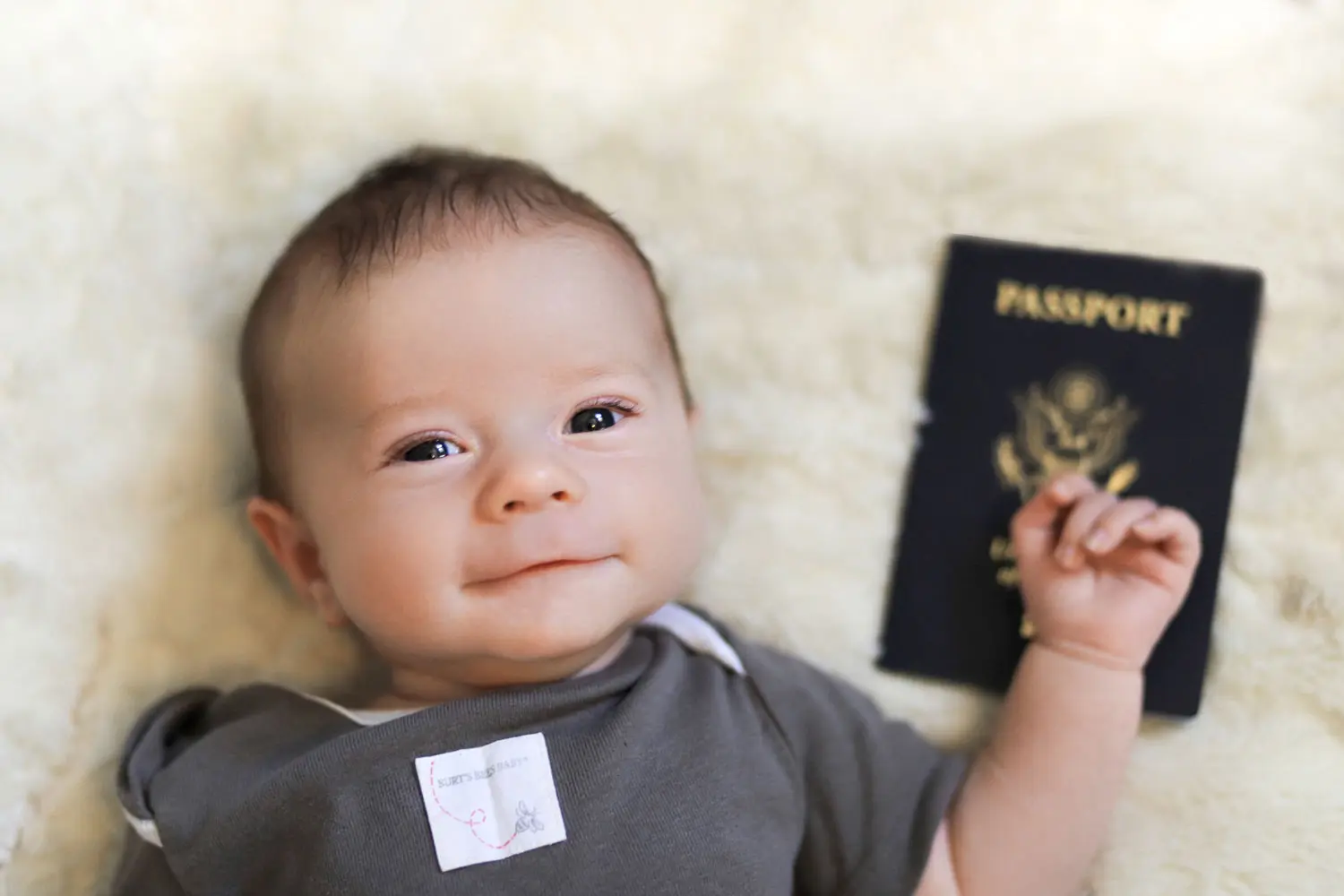
Do babies need passports? How to get a passport for a newborn
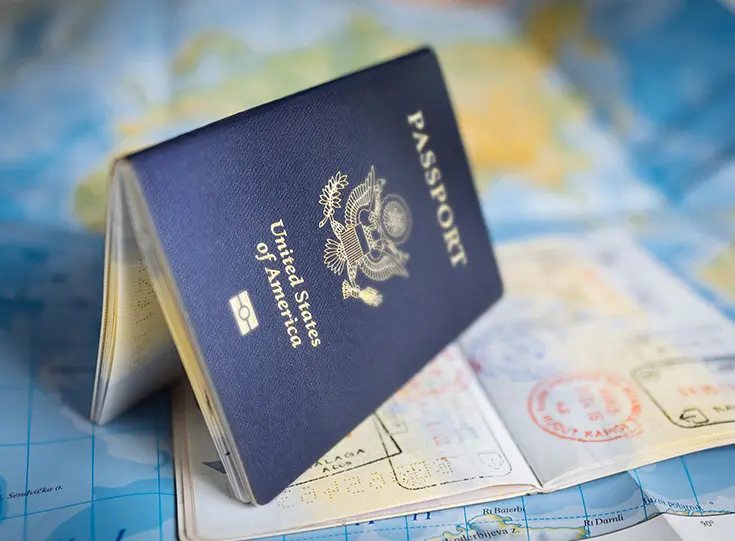
How to get a U.S. passport fast: here’s how to expedite the process
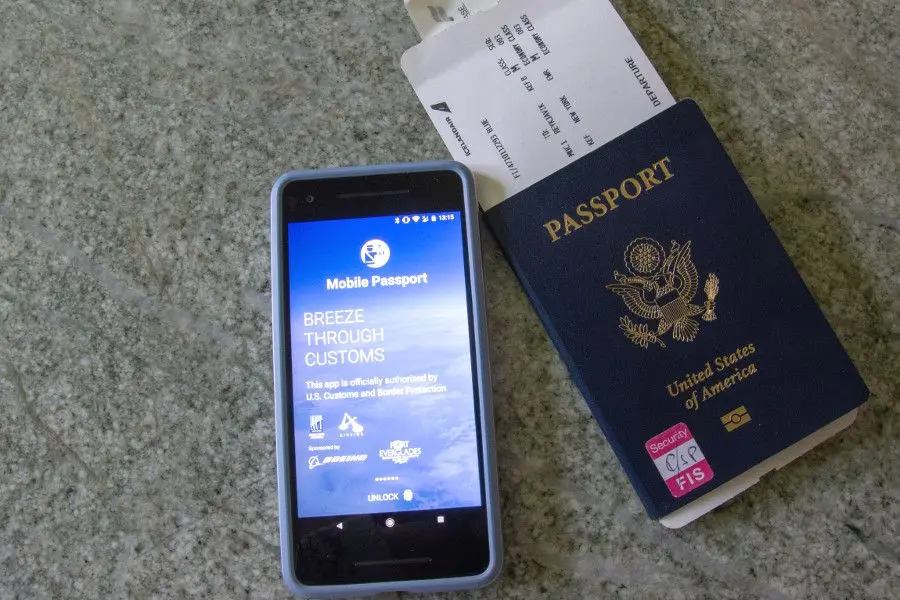
What is Mobile Passport Control: 5 reasons why you should use it
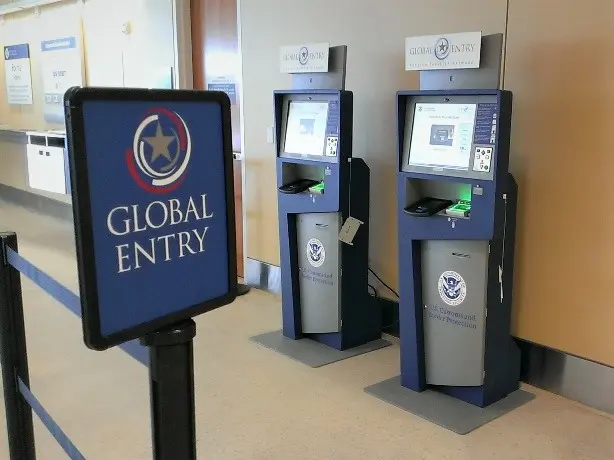
SENTRI vs. Global Entry: A detailed guide

Do you need a passport to go to the Bahamas? Let’s find out

Do you need a passport to go to Mexico? A detailed guide
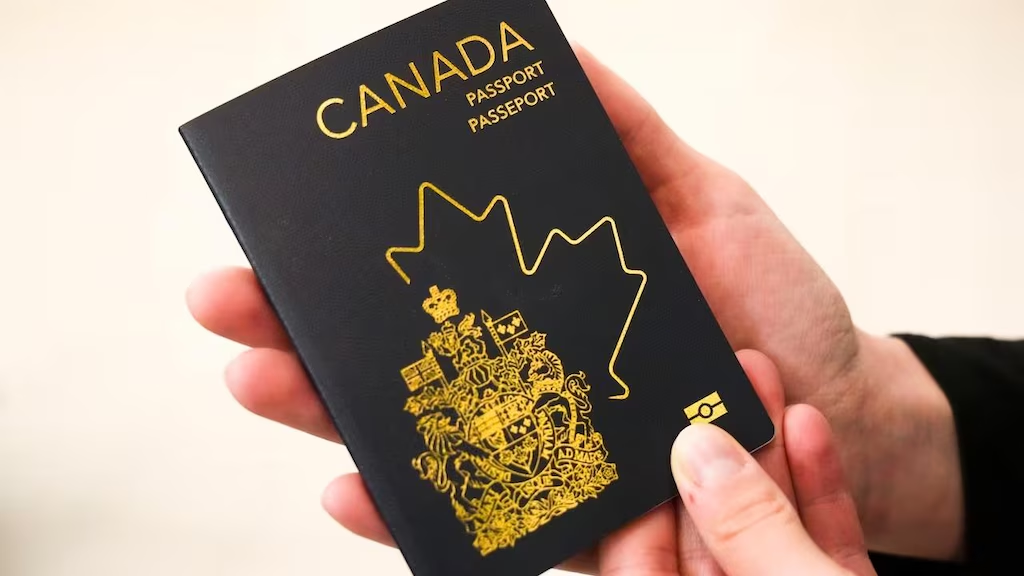
Do you need a passport to go to Canada? We got the answer
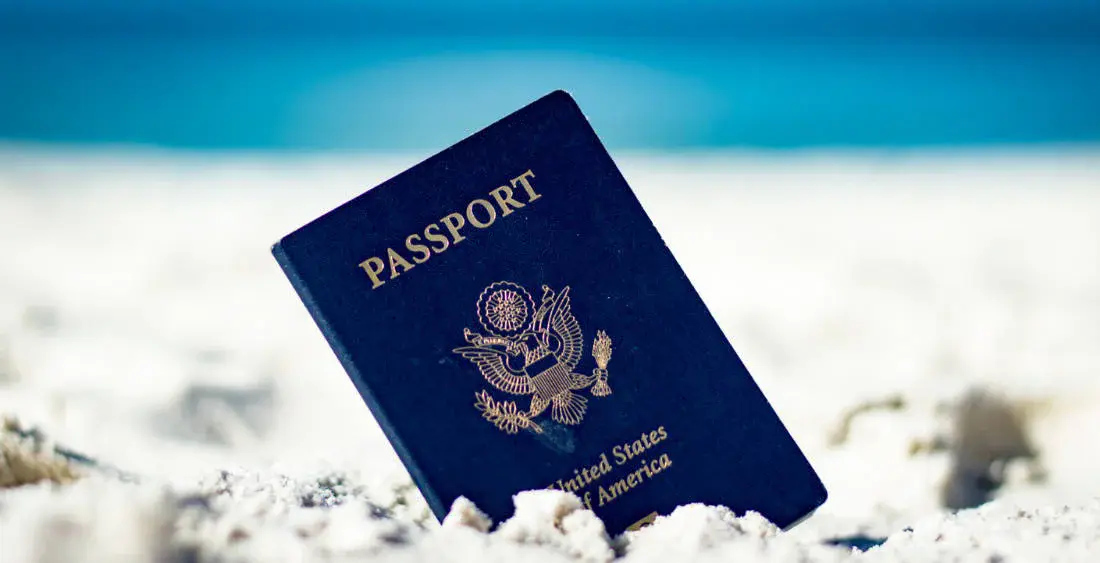
Do You Need a Passport for a Cruise: An Essential Travel Guide

Booster Seat Requirements: All the Rules to Follow in Your Rental Car
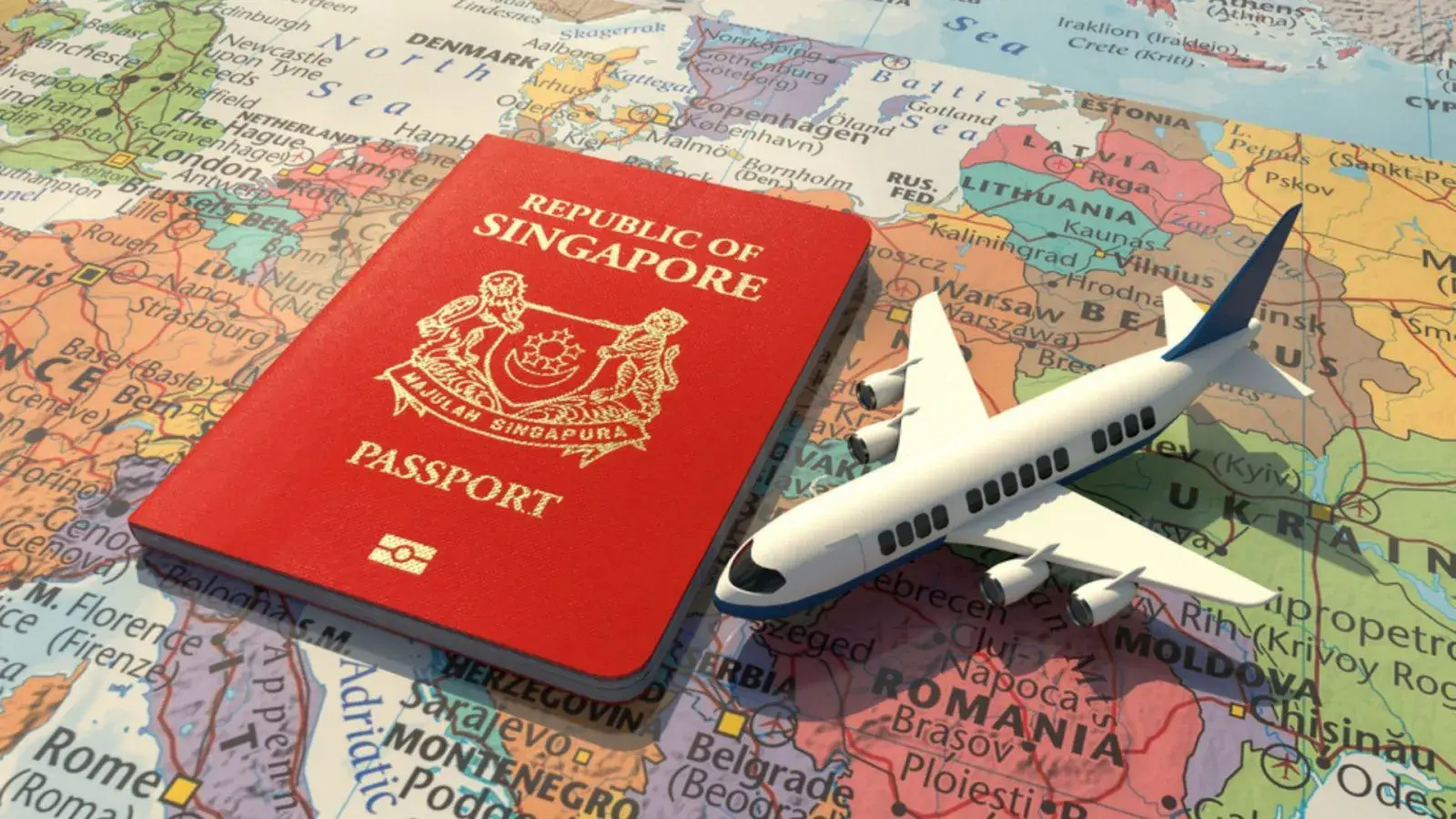
What Are the World’s Most Powerful Passports, and How Does Yours Rank?

How to Take a Passport Photo at Home: A Helpful Guide
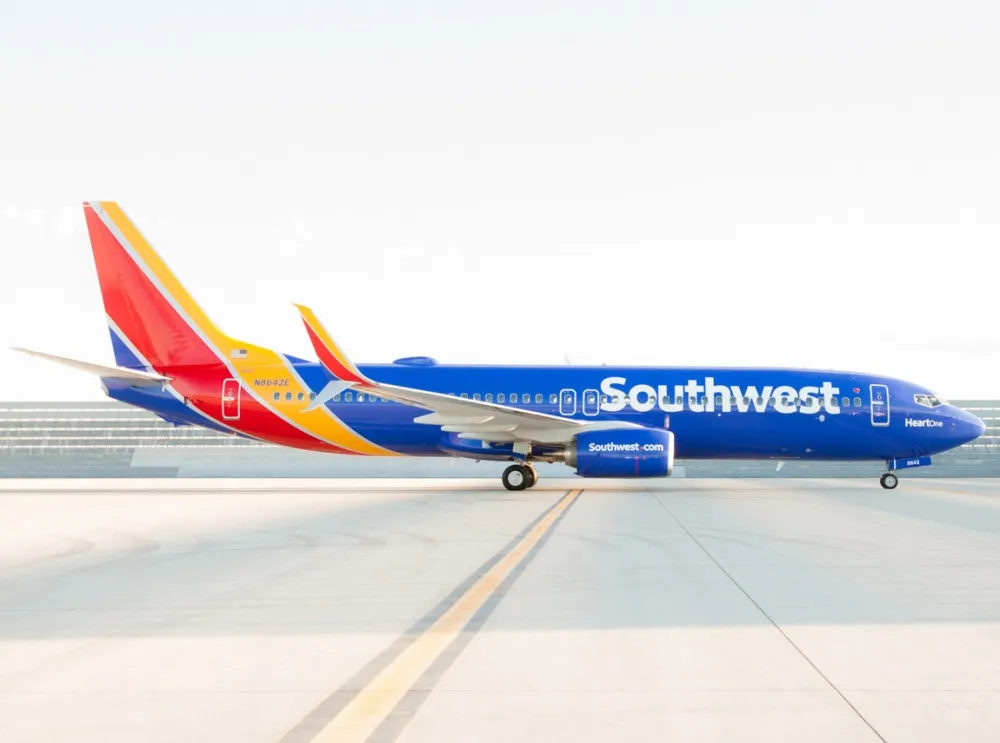
You've got to have heart! Southwest's new livery
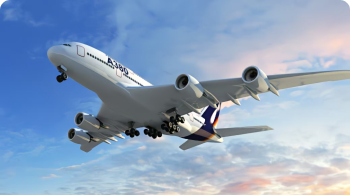
Your opinion: Should water be free on low cost carriers?

Young women bolder than guys as solo travellers
